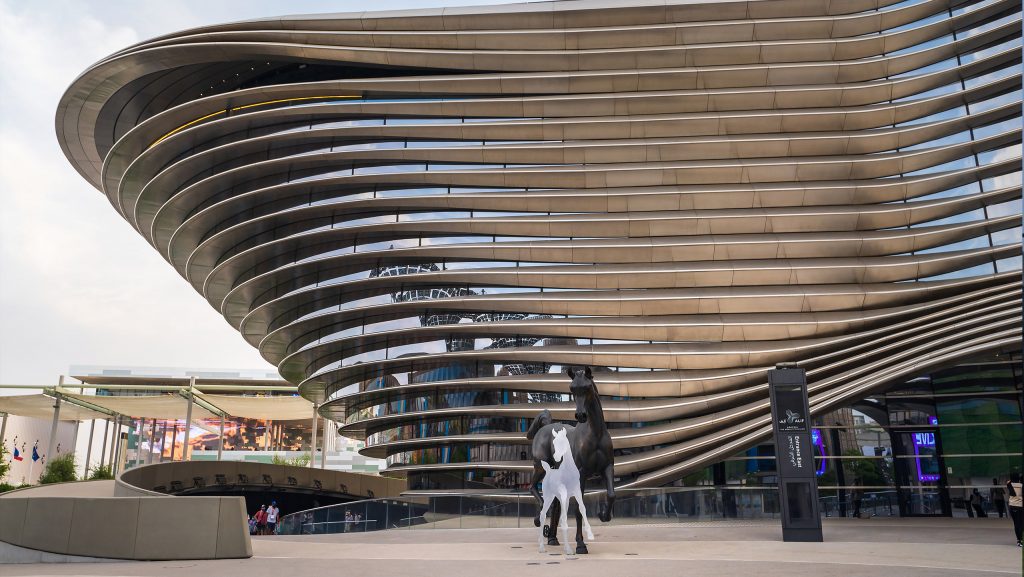Steel Fabrication
Comprehensive
perform
The R&D Tax Credit can provide an immediate source of funding, as well as a significant reduction to current and future years’ federal and state tax liabilities.
In summary, today’s steel fabrication industry thrives on precision, automation, and continuous improvement, transforming raw metal into essential infrastructure components with remarkable accuracy and speed.
Precision. Power. Profit.
Steel fabrication relies on detailed planning and precise engineering to transform raw materials into critical infrastructure components. It starts with detailing and estimating steel structures, followed by steel structure fabrication development and prototyping and 3D solid modeling to ensure accurate designs and minimize costly errors.
To enhance efficiency and precision, many fabricators use unique computer numerical control (CNC) programs and design-assist activities that streamline production. Manufacturing process automation and quality assurance testing further improve consistency, reduce manual labor, and ensure each component meets strict industry standards.
01. Case Study
This company was contracted to widen a fracture-critical bridge by erecting plate girder beams from structural steel to accommodate additional traffic lanes. Given the bridge’s strict weight limitations, load restrictions, and tension requirements, the project presented significant challenges in selecting the optimal welding method for securely fusing the new steel plate girders to the existing structure. After extensive testing and analysis, the company determined that electroslag welding would be the most efficient and structurally sound solution, reducing construction time while ensuring the long-term integrity and safety of the bridge.
02. Case Study
The company agreed to assemble 800 tons of steel for three 100-foot tall buildings, including a 450-ton granulation building and a synthesis equipment structure with accompanying piping. To securely integrate the new steel with the existing civil work, they determined that it was necessary to relocate anchor bolts.
Using laser imaging, they created a precise overlay to identify the optimal anchorage points. They then strategically drilled and repositioned the bolts, reinforcing the slab with epoxy to ensure the long-term stability and structural integrity of the steel framework.
03. Case Study
The company was commissioned by an airliner to erect a structural steel support system for the development of a wide-body airplane hangar. Given the lengthy spans specified in the design plans, they faced the challenge of creating a robust bracing and shoring system capable of supporting the steel framework throughout the construction process.
After a thorough analysis of maximum load capacities, the team selected a combination of temporary shoring towers, cranes, and strategically positioned braces as the optimal solution. This approach ensured the stability and safety of the structure during assembly, allowing for efficient construction while maintaining the integrity of the hangar’s framework.


